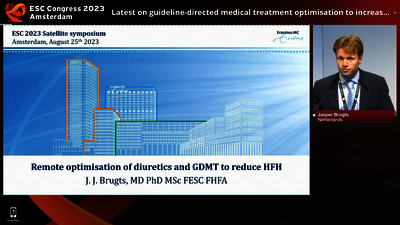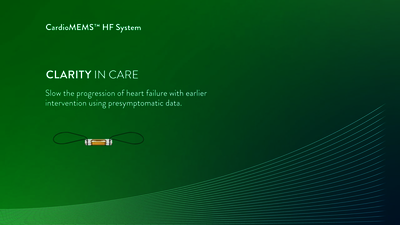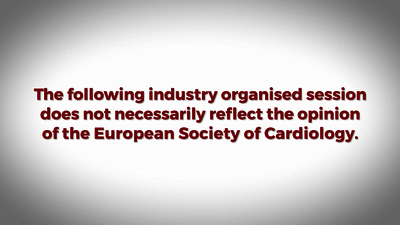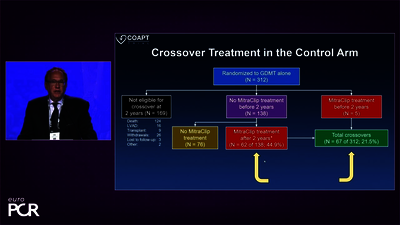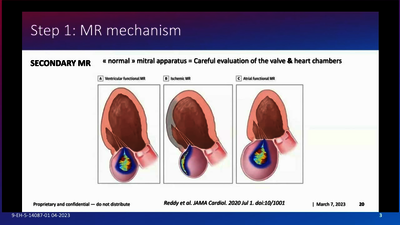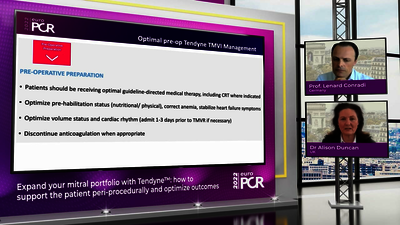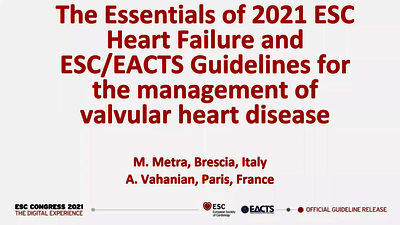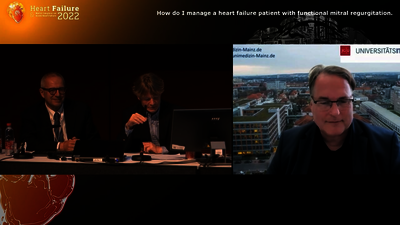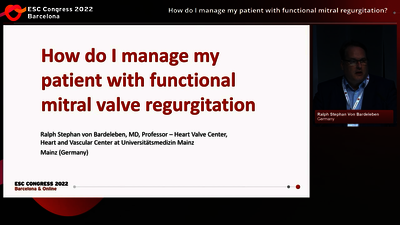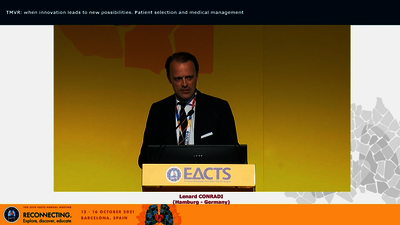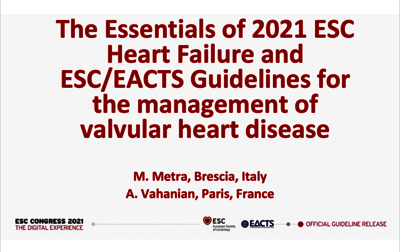Advanced Heart Failure
Advanced heart failure occurs when traditional heart therapies, such as medication and lifestyle changes, no longer work.
Different societies use different criteria for the definition of Advanced Heart Failure. Lately the Heart Failure Association of the European Society of Cardiology (HFA-ESC) has published an updated definition of Advanced Heart Failure (Adv HF).1
| Updated HFA-ESC criteria for defining advanced heart failure1 |
|---|
All the following criteria must be present despite optimal treatment: 1. Severe and persistent symptoms of heart failure [NYHA class III (advanced) or IV]. 2. Severe cardiac dysfunction defined by at least one of the following:
3. Episodes of pulmonary or systemic congestion requiring high-dose i.v. diuretics (or diuretic combinations) or episodes of low output requiring inotropes or vasoactive drugs or malignant arrhythmias causing >1 unplanned visit or hospitalization in the last 12 months. 4. Severe impairment of exercise capacity with inability to exercise or low 6MWT distance (<300 m) or pVO2 <12 mL/kg/min or <50% predicted value, estimated to be of cardiac origin. |
| References 6MWT= 6-minute walk test; ARVC = arrhythmogenic right ventricular cardiomyopathy; BNP = B-type natriuretic peptide; HFpEF = heart failure with preserved ejection fraction; i.v. = intravenous; LV = left ventricular; LVEF = left ventricular ejection fraction; NT-proBNP = N-terminal pro-B-type natriuretic peptide; NYHA =New York Heart Association; pVO2 = peak oxygen consumption; RV = right ventricular. |
FIND OUT MORE ABOUT:
Advanced heart failure is the leading cause of death after cancer2-4

Class IV heart failure mortality at 1 year is similar to that of aggressive malignancies.2-4

Approximately 1 in 10 patients hospitalised with acute heart failure dies in hospital5

17-45% of patients admitted to the hospital with heart failure die within 1 year6

An estimated 1 in 4 will be readmitted to hospital within one month5,7

Approximately 1 in 2 will die within 5 years8
TV
TV
HUB
- McDonagh TA, Metra M, Adamo M, et al. 2021 ESC Guidelines for the diagnosis and treatment of acute and chronic heart failure. Eur Heart J. 2021;42(36):3599–3726. doi.org/10.1093/eurheartj/ehab368.
- Cetin K, Ettinger DS, Hei Y-J, et al. Survival by histological subtype in stage IV nonsmall cell lung cancer based on data from the Surveillance, Epidemiology and End Results Program. Clin Epidemiol. 2011;3:139–148. doi.org/10.2147/CLEP.S17191.
- Wang Y, Schrag D, Brooks GA, et al. National trends in pancreatic cancer outcomes and pattern of care among Medicare beneficiaries, 2000-2010. Cancer. 2014;120:1050–1058. doi.org/10.1002/cncr.28537.
- Lee DS, Austin PC, Rouleau JL, et al. Predicting mortality among patients hospitalized for heart failure: derivation and validation of a clinical model. JAMA. 2003;290(19):2581–2587. doi.org/10.1001/jama.290.19.2581.
- Cowie MR, Anker SD, Cleland JGF, et al. Improving care for patients with acute heart failure: before, during and after hospitalization. ESC Heart Fail. 2014;1(2):110–145. doi.org/10.1002/ehf2.12021.
- Ponikowski P, Anker SD, AlHabib KF et al. Heart failure: preventing disease and death worldwide. ESC Heart Fail. 2014;1(1):4–25. doi.org/10.1002/ehf2.12005.
- Sutherland K. Bridging the quality gap: heart failure. The Health Foundation, editor. 2010. Bridging the quality gap: Heart failure - The Health Foundation. Accessed July 2023.
- Roger VL, Go AS, Lloyd-Jones DM, et al. Heart Disease and Stroke Statistics—2012 Update: a report from the American Heart Association. Circulation. 2012;125(1):e2–e220. doi.org/10.1161/CIR.0b013e31823ac046.
